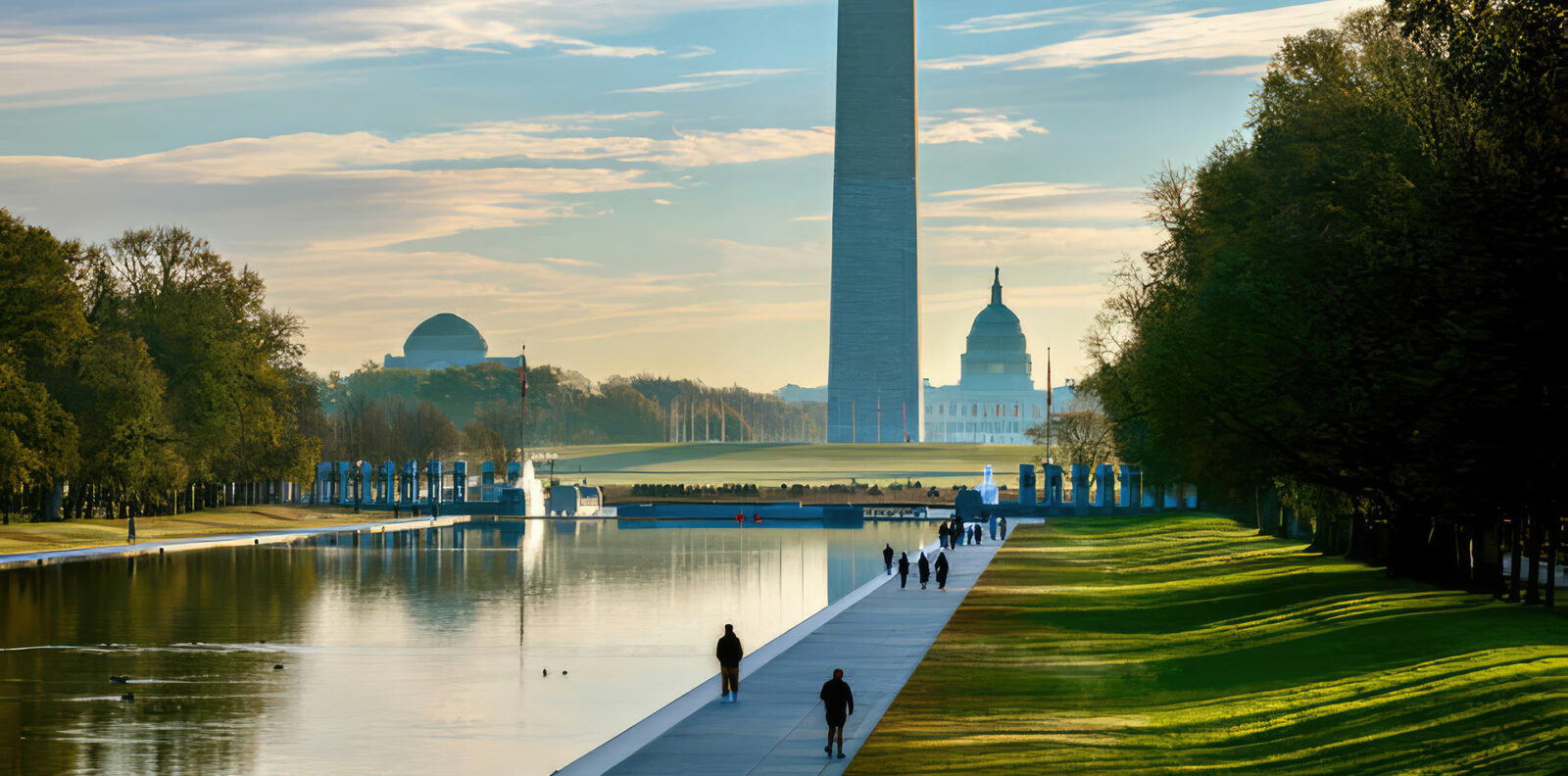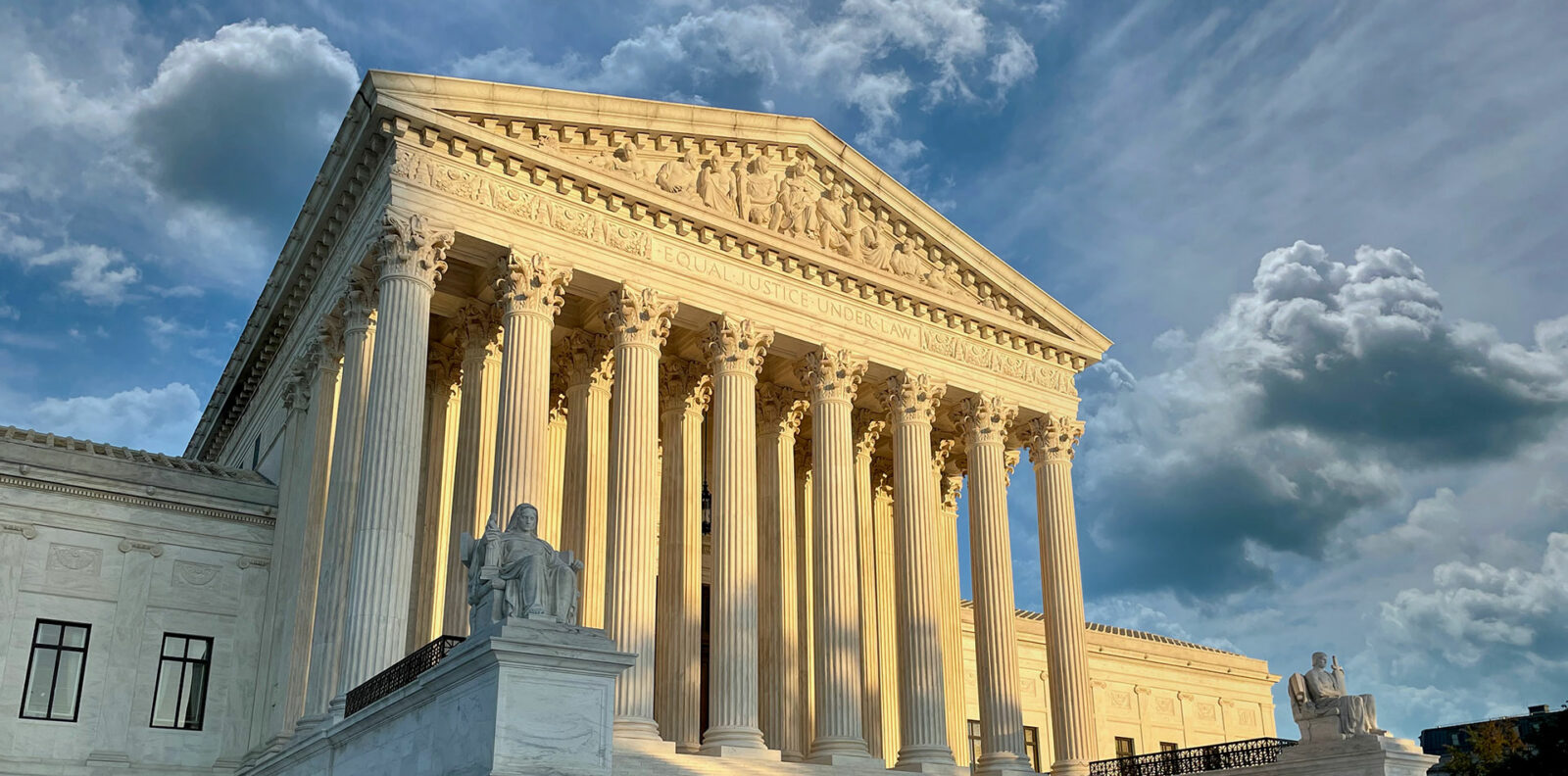The 2016 California Transportation Commission (CTC) Annual Report recommends eight California Department of Transportation (Caltrans) reforms for promoting efficiency through innovations. One of the reforms is to permanently authorize Caltrans and its regional partners to “use alternative project delivery tools such as public-private partnership (P3), design-build (DB), and construction manager/general contractor (CM/GC) methods.”
A second reform is to expand Caltrans’s ability to hire consultant teams as needed by Caltrans and its regional partners for project delivery. Should these two reforms be approved by the state legislature in 2017, many more of the state’s transportation projects will involve these alternative project delivery methods or similar components.
According to the Design Build Institute of America (DBIA), DB projects are delivered 33.5 percent faster than the traditional design-bid-build delivery method. There has been increasing interest and support for the DB approach since its formal introduction to the industry in 1993 through the founding of the DBIA. The DBIA has noted that the transportation sector is the fastest growing DB market in the country doubling in both construction value and number of projects in the last five years alone. Forty-five states in the United States, including California, have authorized the DB delivery method for transportation projects to some degree.
ESA’s experience working in alternative delivery methods includes large transportation projects such as the San Francisco-Oakland Bay Bridge East Span Foundation Removal, the Presidio Parkway Doyle Drive Replacement project, and the California High-Speed Rail project.
We are currently engaged in the DB delivery of the California High-Speed Rail project. As part of the DB process, this fast-paced project requires environmental document revalidations and permitting amendments due to design refinements to avoid impacts to sensitive areas such as riparian corridors or potential cultural resources. As design refinements occur, so does the need to ensure environmental compliance occurs in an efficient, coordinated fashion. Because we are involved during the design phase, any conflicts that arise are resolved prior to final design by real-time alternative analysis studies. This efficient internal and external coordination has allowed the DB team to keep the project moving forward while ensuring overall environmental compliance.
ESA also worked on the successful delivery of the Presidio Parkway Doyle Drive Final Impact Statement Report in San Francisco. The second phase of this project was the first P3 in California. ESA delivered regulatory permits four months in ahead of the project schedule, enabling Caltrans to obtain critical American Recovery and Reinvestment Act (ARRA) funds to assist in the financing of the project for the construction phase.
Lastly, our successful partnership with Kiewit/Manson on the San Francisco-Oakland Bay Bridge East Span Foundation Removal project began in 2015, when we provided biological permitting and monitoring as part of the CM/GC team. We were responsible for leading the way through the regulatory agency guidelines and procedures, assisting with procuring all permits, and monitoring impacts to fish and wildlife, including conducting two studies to evaluate the potential effects of the controlled implosions on fish populations. The key directive of the project was to effectively, safely, and sensitively demolish approximately 20 underwater piers that supported the former eastern span, including the implosion of Pier E3, which involved nearly 600 controlled charges. Our collaborative efforts with the construction team were cultivated through the CM/GC approach, effectively trimming years off the project’s schedule and thereby reducing collateral damage to fish and the bay’s water quality by consolidating the timeframe of active construction.
In our experience, success has been contingent on continuous communication between the environmental specialists, design team, and construction manager. ESA’s project experience in alternative project delivery methods has resulted in some best practices to address and coordinate construction project plans for successful environmental compliance, including:
- Obtain public buy-in on the project by facilitating alternative analyses to meet the purpose and need of the project
- Coordinate at a high level among the resource regulatory agencies during the environmental documentation phase; account for the need for design changes later in the process and ensure permits can accommodate them; and
- Develop trust among the delivery teams, stakeholders, and owner
As such, state, federal, and local agencies are also continuously researching methods to deliver projects faster and reduce the overall cost to projects. As consultants, it’s our responsibility to know the ins and outs of current trends in project delivery to help guide our clients and trade partners through difficulties and challenges toward project completion.
If you think your project could benefit from bringing an environmental consultant on board early, contact us to learn more about how ESA provides value to a DB team.







